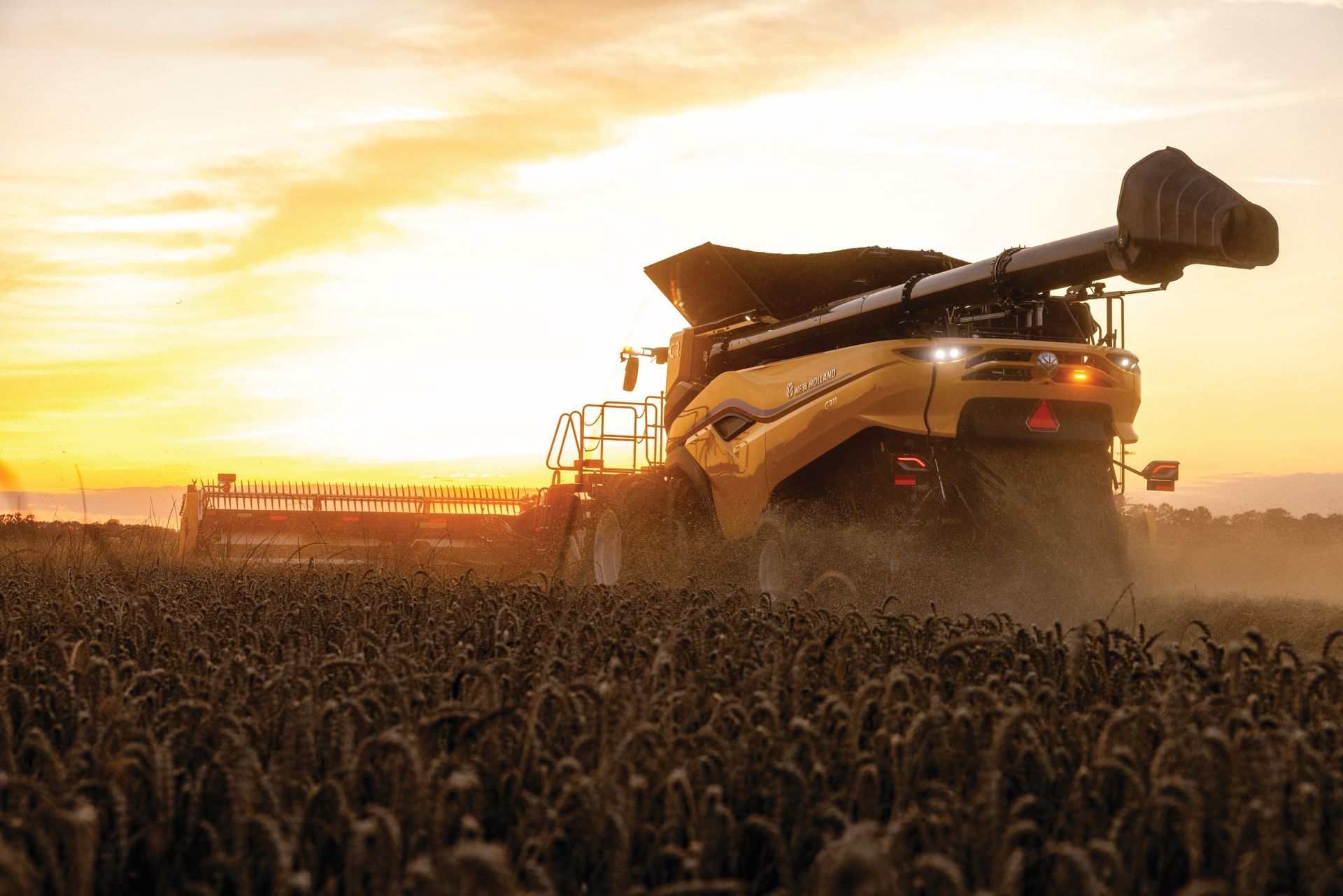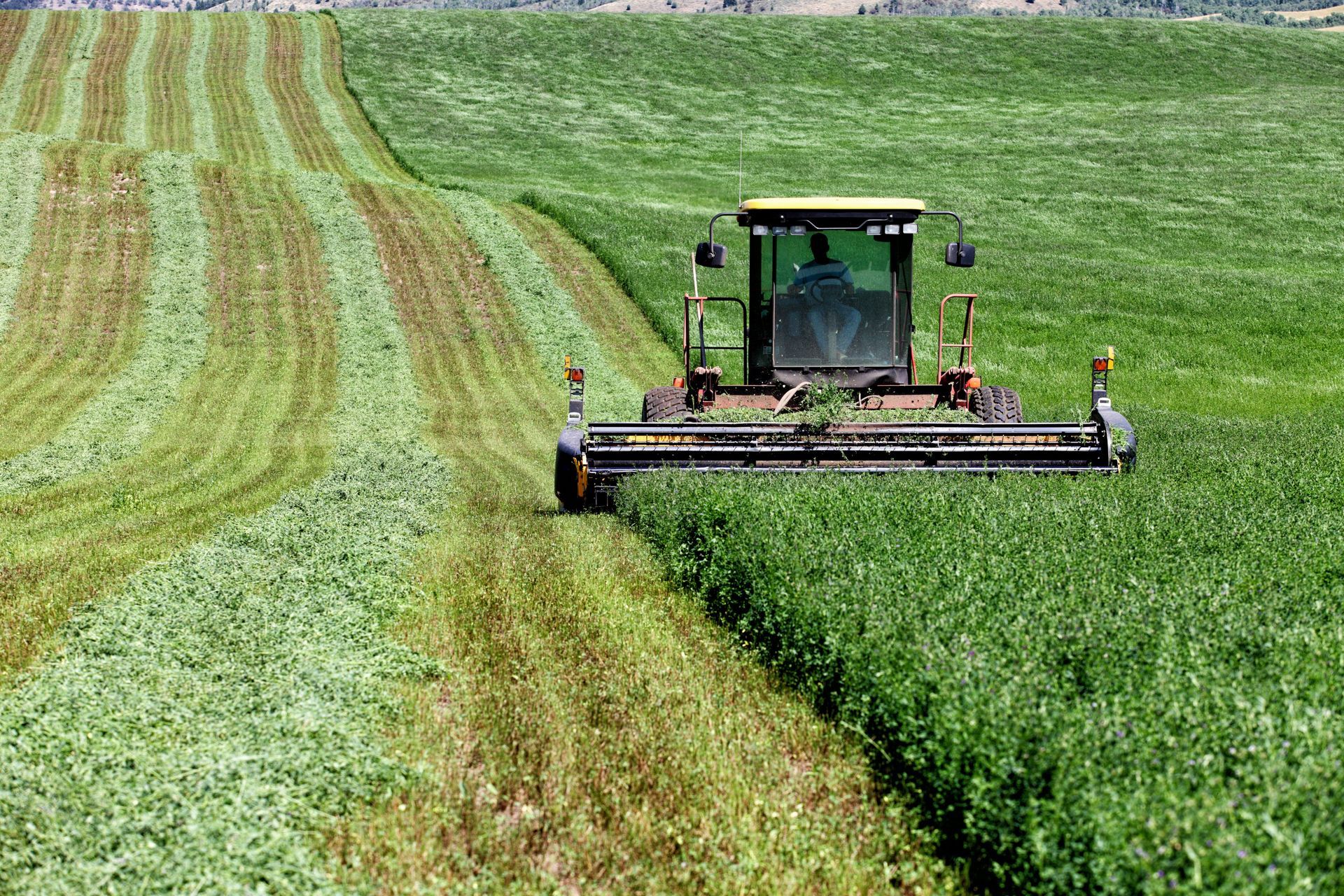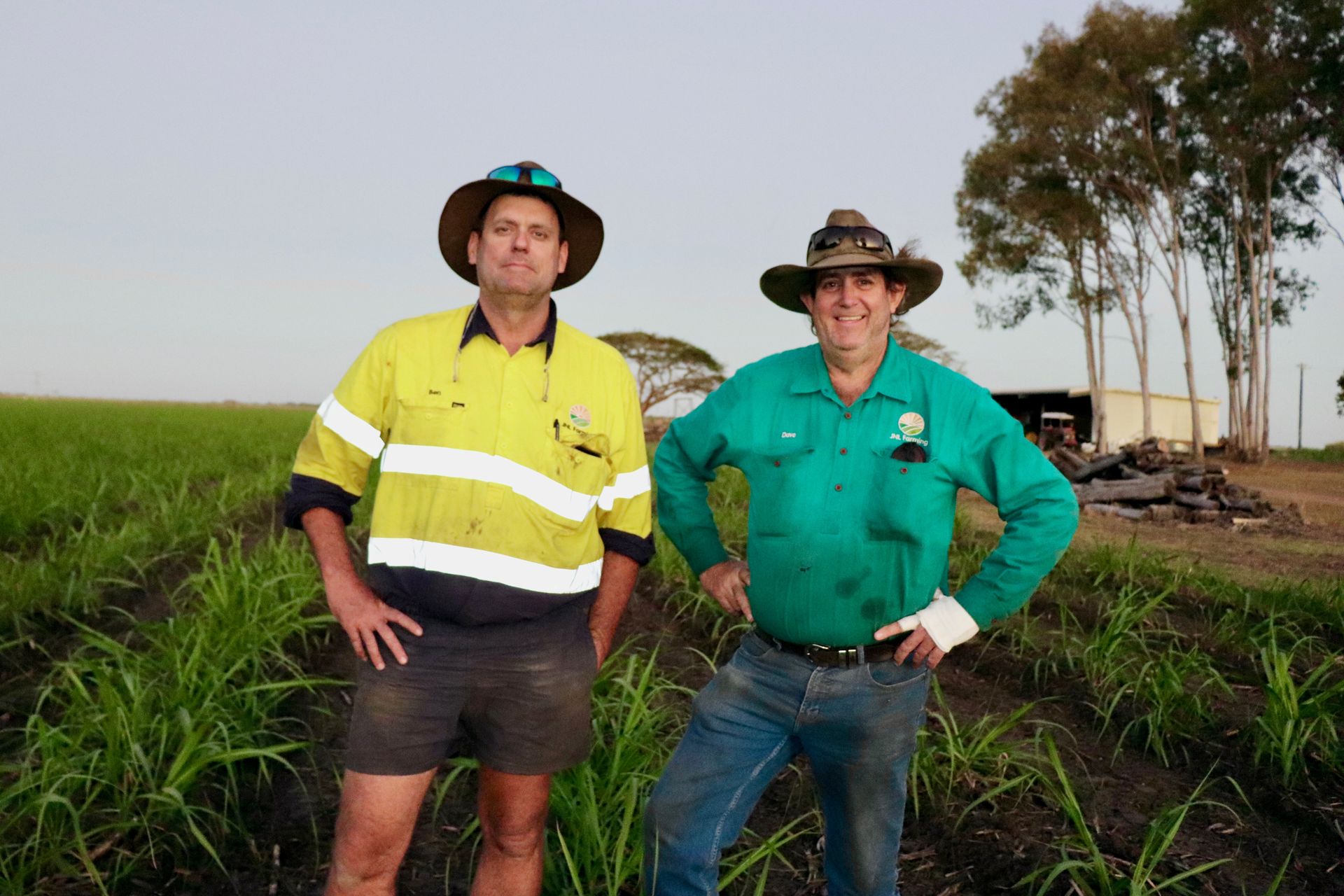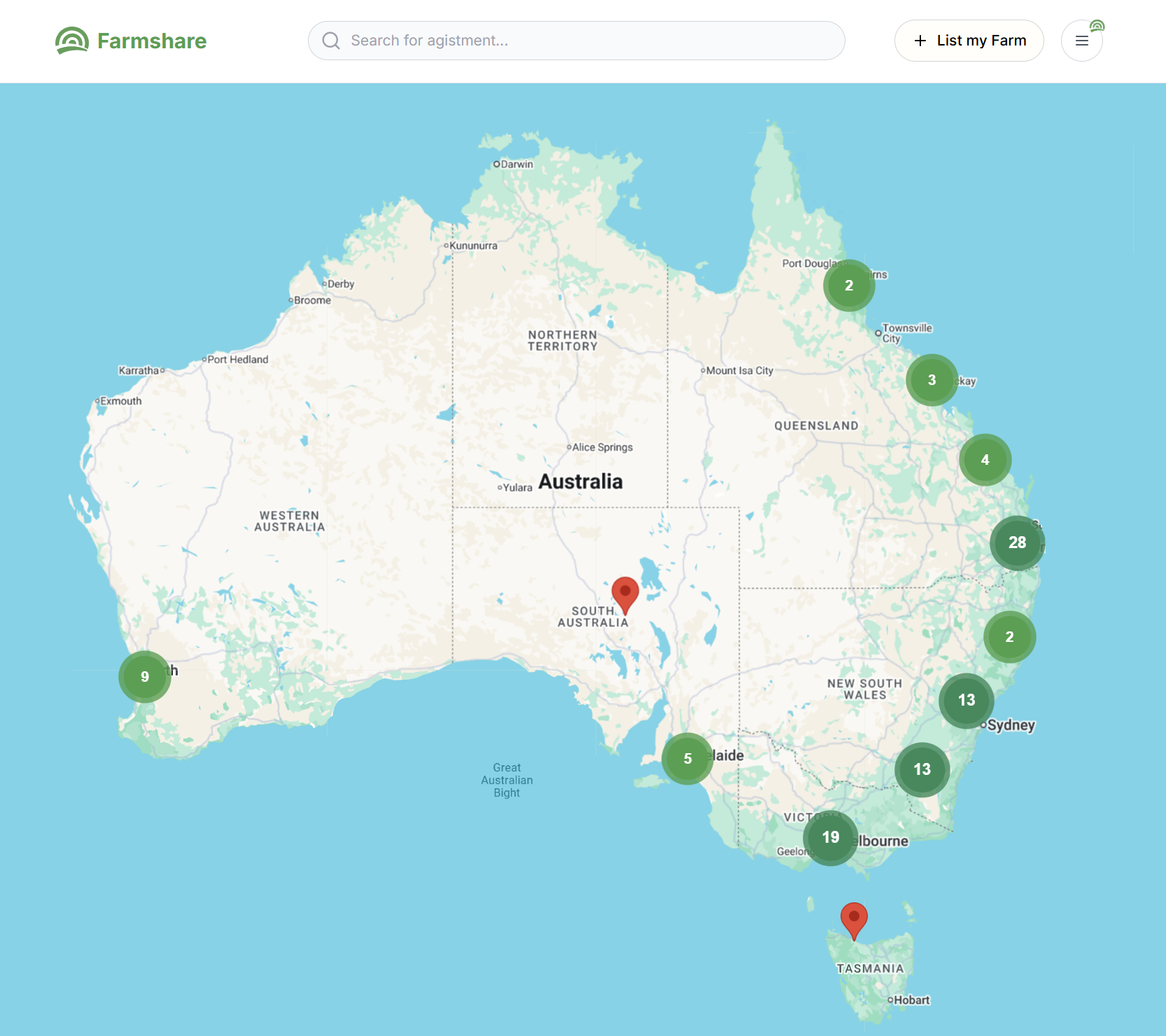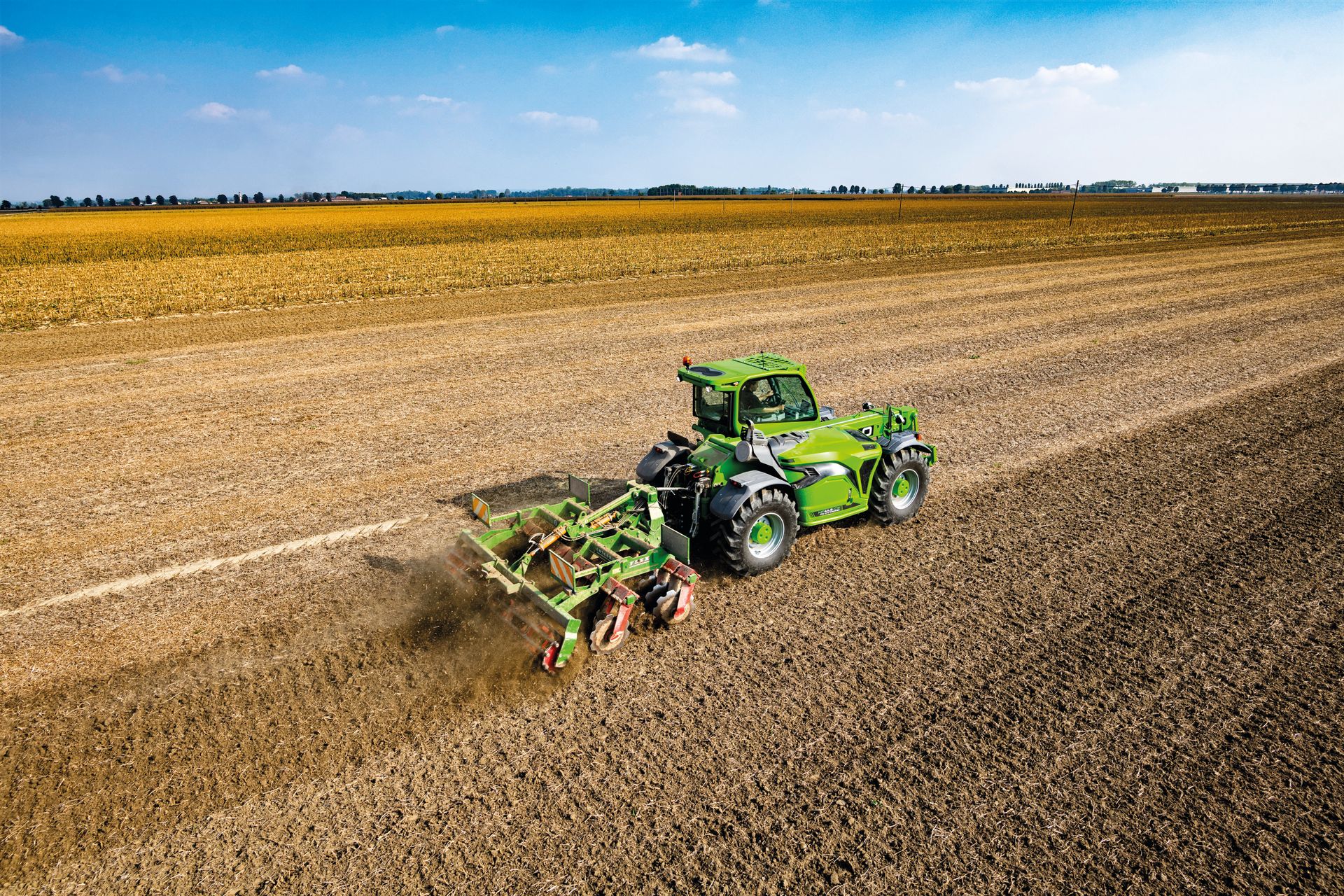Carl Binning is Executive General Manager, Schemes Operations Division, Clean Energy Regulator. Carl farmed superfine wool near Yass in NSW and is a former member of the Australian Landcare Council and Chief Executive of Greening Australia. He has enjoyed a diverse career spanning primary industries, mining and natural resource management.
Australian farmers can increase income while tackling climate change
As Australia’s climate becomes increasingly unpredictable, the agricultural sector is looking for ways to reduce its carbon footprint while diversifying income streams. Carbon farming and emissions reduction offer opportunities for Australian farmers to diversify their income and contribute to environmental sustainability.
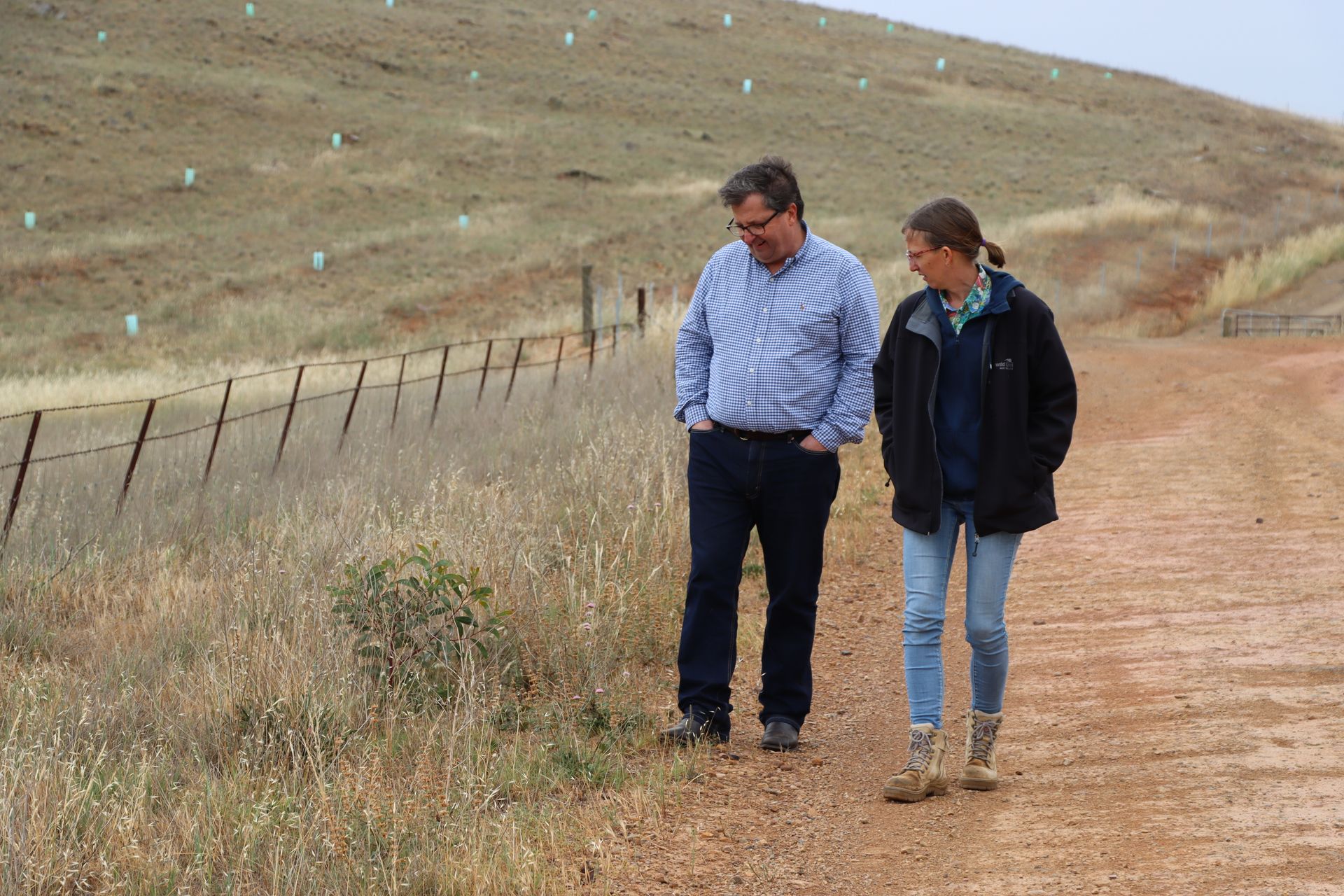
As a superfine wool grower, I established trees belts to protect stock, particularly during lambing, and to manage salinity risks. Today I could also generate revenue by creating carbon credits from those trees.
Australian farmers understand and live with the impacts of a changing climate. A more variable climate with higher temperatures, changed rainfall, and increased risks of flooding and fire pose significant challenges to the sector.
It is somewhat ironic that carbon is viewed as a pollutant when thinking about climate change. In farming systems carbon is a key driver of plant and livestock productivity. All plants and animals depend upon and contain carbon. For this reason, building a strong understanding of and effectively managing the carbon cycle on farms is crucial.
Agriculture businesses contribute significantly to greenhouse gases: methane from livestock, nitrous oxide from fertilised soils, and carbon dioxide from deforestation and soil cultivation. In addition, using fossil fuels in farming equipment and processing also adds to emissions.
Agriculture also has the greatest potential to sequester carbon. The only proven low cost and scalable mechanism for drawing carbon out of the atmosphere is via the process of photosynthesis. Carbon is then stored in and cycled through plants, trees, and soils. Understanding the carbon cycle and developing strategies to build the carbon pool can both enhance productivity and provide opportunities to generate income through the creation of carbon credits.
According to the Climate Change Authority’s 2024 sector pathway review, land-based sequestration already reduces Australia’s emissions by more than 50 Mt CO2-e (megatonnes of carbon dioxide equivalent) per annum1.
At the same time, Australia's agricultural emissions – which account for 16 per cent of our total emissions (440.2 Mt CO2e)2 – are expected to remain steady over the next decade before declining towards the year 2050. Scaling up land-based sequestration, adopting new farm practices and technologies, alongside new low-emission technologies such as feed supplements, slow-release fertilisers, improved herd and pasture management, manure management, and renewable fuel-powered machinery, will facilitate this reduction.
Opportunities exist within Australian Government programs and schemes where farmers can earn carbon credits for implementing carbon farming and emissions reduction practices. Farmers can earn credits for each tonne of carbon dioxide equivalent that would have otherwise been released into the atmosphere. These credits can be sold on the carbon market to businesses and individuals seeking to offset their carbon emissions and can represent a significant new source of income, especially as more companies look to meet their carbon reduction targets. Australia is recognised as a global carbon market leader.
Strict guidelines and rigorous governance ensure that each tonne of sequestered carbon is genuine and scientifically accredited. Each sequestration method undergoes rigorous development and validation by an independent committee to ensure effectiveness.
Carbon farming also offers ancillary benefits such as improved water use, increased livestock production efficiency, financial diversification, and provides environmental advantages like shade for livestock and habitats for threatened species.
Carbon farming is not simple. Like any new business venture, whether involving cattle, sheep, or cropping, success requires thorough research and accessing good advice. Before getting into carbon farming, it is important to do the research and get the latest information.
A well-executed carbon strategy will create better and more profitable farms. It will also support more sustainable landscapes and rural communities. A poorly executed carbon strategy will increase complexity, create more paperwork and reduce profitability.
Farmers looking to engage in carbon initiatives should do so because those initiatives align with their land and farm business goals. Do your research and find out whether it’s right for you and your business because renewable energy implementation and carbon abatement on your farm can present win-win opportunities. By adopting these practices, you will not only be helping the environment, but you’ll also be securing the long-term viability of your operations in the face of climate change.
1 Climate Change Authority Sector Pathways Review – Agriculture and Land, 2024. Figure AL.2: CSIRO’s modelling projections of sources and sinks for agriculture and land sector for A50/G2, pg.16.
2 Australia's greenhouse gas emissions: March 2024 quarterly update.
